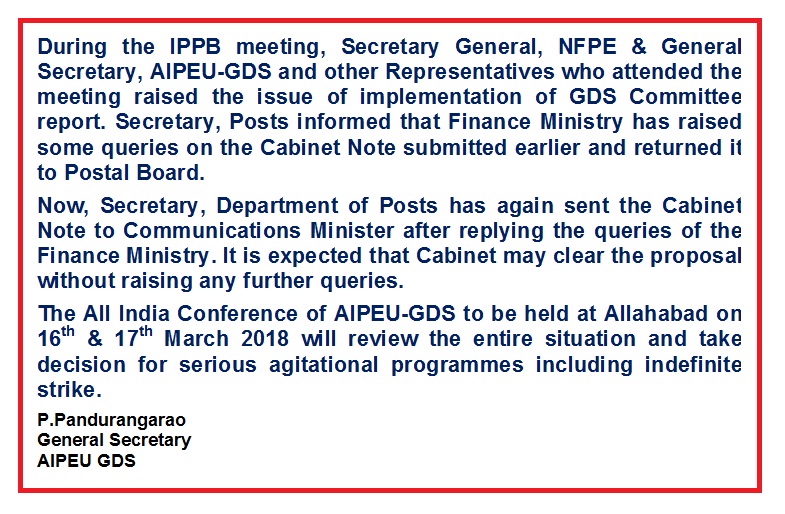7th CPC Railway Order : Revision of Risk Allowance Rate
GOVERNMENT OF INDIA
MINISTRY OF RAILWAYS
(RAILWAY BOARD)
PC-VII No. 92
RBE No.32/2018
No. E(P&A)I-2017/SP-1/AD-1
New Delhi, dated 01.03.2018
The General Managers and Principal Financial Advisers,
All Indian Railways & Production Units.
Sub: Implementation of recommendations of Seventh Central Pay Commission accepted by the Government – Risk Allowance.
Ref: (i) Board’s letter No. E(P&A)I-2008/SP-1/AD-3 dated 02.05.2013. (ii) Ministry of Finance’s resolution No. 11-1/2016-IC dated 06.07.2017.
Consequent upon the decision taken by the government on the recommendations of the Seventh Central Pay Commission relating to revision of rates of allowances, the President is pleased to revise the rate of Risk Allowance from Rs.60 per month to Rs.135 per month. The revised rates of Risk Allowance shall be admissible with effect from the 1st of July, 2017.
2. The categories/staff engaged in the jobs who are eligible for grant of Risk Allowance is annexed with this letter.
3. The categories who are in receipt of HPCA/PCA are not eligible for grant of Risk Allowance.
4. Any modification/changes will be issued, if any instructions which are at variance from these, are received from the nodal Ministry/Department i.e. DOP&T.
5. This issues with the concurrence of the Finance Directorate of the Ministry of Railways.
6. Please acknowledge receipt.
(Anil Kumar)
Dy. Director/E(P&A)-I
Railway Board.

